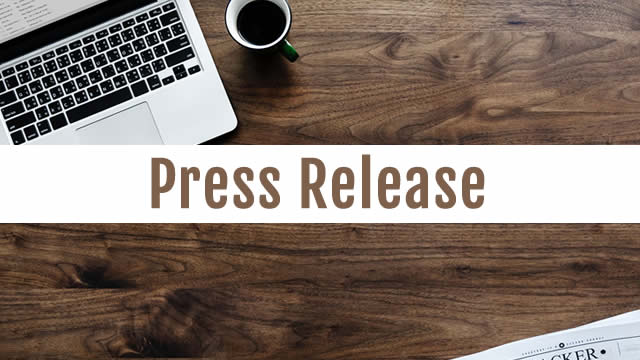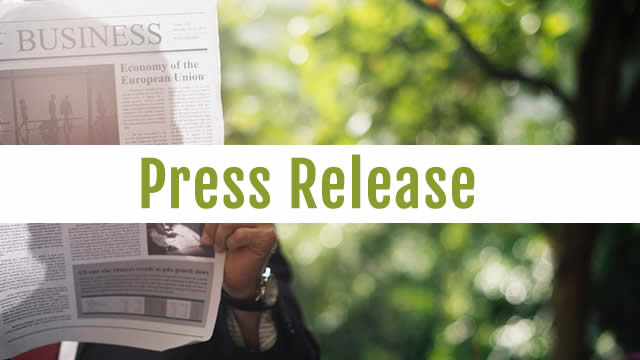Discover the Charming World of Kakeibo Budgeting: A Mindful Approach to Money Management
Have you ever found yourself at the end of the month, puzzled over your bank statement, wondering where all your money went? You’re not alone. Life’s demands can be overwhelming, and keeping track of finances can feel like a full-time job. But what if there was a more straightforward way to manage your money? Enter Kakeibo budgeting, a time-tested method that originated in Japan over a century ago.
Step into the Past: The Origins of Kakeibo Budgeting
In 1904, Hani Motoko, Japan’s first female journalist, introduced Kakeibo budgeting. This budgeting plan, which translates to ‘housekeeping account book,’ was designed with mindfulness and spending in mind. Despite its age, Kakeibo remains a popular financial tool due to its simplicity and effectiveness.
Getting Started: Your Monthly Kakeibo Journey
Step #1: Get a ledger. Find a journal or notebook you can dedicate to your monthly budget. This is your personal financial diary, where you’ll record your income, savings goals, and expenses.
Understanding Your Income and Savings
Step #2: Figure your monthly income. On the first day of each month, write down your total expected income for the month.
Setting Your Savings Goals
Step #3: Set a savings goal for the month. Determine how much you want to save and write that number down. This goal will help guide your spending decisions throughout the month.
Categorizing Your Expenses
Step #4: Create spending categories. Divide your expenses into four categories: ESSENTIALS, NON-ESSENTIALS, ENJOYABLE BUT UNNECESSARY, and UNEXPECTED EXPENSES.
- ESSENTIALS: These are expenses that cannot be cut from your budget, such as rent, food, utilities, loan payments, and credit card payments.
- NON-ESSENTIALS: These are expenses that are meaningful to you but could be cut if needed. Examples include books, hobbies, and pet training.
- ENJOYABLE BUT UNNECESSARY: These are expenses that bring joy but are not essential. Examples include dining out, concerts, and amusement parks.
- UNEXPECTED EXPENSES: These are expenses that result from emergencies or come as a surprise. Examples include blown tires and unexpected medical bills.
Recording Your Expenses
Step #5: Track your expenses. Record every expense in your ledger and place it in the correct category. This will help you understand where your money is going and allow you to make informed decisions about your spending.
Reflecting on Your Spending Habits
Step #6: Review and reflect. At the end of each month, sit down with your ledger and review your expenses. Reflect on how much you spent in each category and determine what you can improve the following month.
The Impact of Kakeibo Budgeting: Personal and Global
The personal benefits of Kakeibo budgeting are clear: it helps you better understand your spending patterns, make informed decisions about your money, and set realistic savings goals. But the impact of this budgeting method goes beyond the individual. By encouraging mindful spending, Kakeibo can contribute to a more sustainable and equitable global economy.
When we spend mindfully, we become more aware of the true cost of our purchases, both in terms of money and resources. This awareness can lead to a reduction in consumption, helping to reduce waste and conserve natural resources. Additionally, by setting and sticking to savings goals, we can build financial security, reducing our reliance on debt and increasing our ability to weather financial storms.
Embracing the Kakeibo Philosophy
Kakeibo budgeting is more than just a budgeting tool; it’s a financial philosophy that encourages mindfulness and intentional spending. By taking a step back and reflecting on our spending habits, we can make more informed decisions about how we use our money and live more financially sustainable lives. So, if you’re looking to save money and gain a better understanding of your relationship with money, consider giving Kakeibo a try.
Remember, life’s unexpected expenses and emergencies are inevitable. But by tracking your spending and setting realistic savings goals, you’ll be better prepared to face the challenges that come your way. And who knows? You might even find that you enjoy the process of mindfully managing your money.





